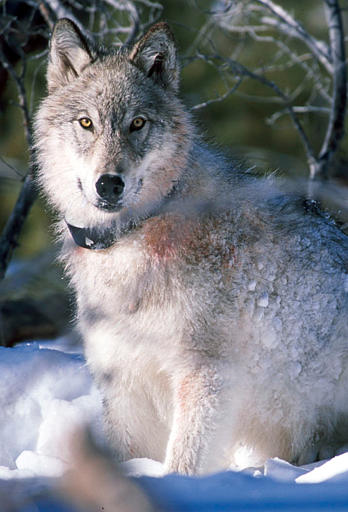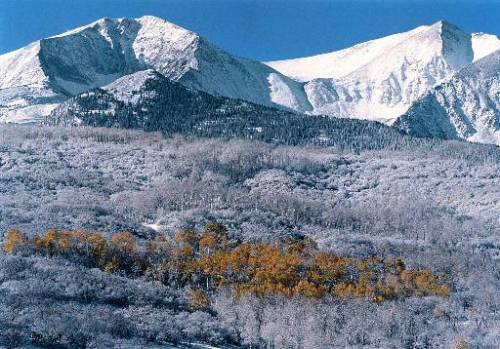After watching National Geographic: Strange Days on Planet Earth, one topic mentioned still amazes me. In a specific environment, do you think it is possible for the presence of wolves to help encourage the growth of Aspen trees? If you guessed the answer is YES, you guessed correctly. This situation is an example of a ripple effect, and influences numerous species of plants and animals all throughout the ecosystem.
 In Yellowstone National Park, wolves were the dominant predators. They had the strength and the agility to bring down large animals, which ultimately regulated the ecosystem as a whole. The US Congress, however, failed to see this ecological connection and, starting in 1914, ordered all wolves to be eliminated in order to save the elk population. The last wolf present in Yellowstone National Park died in 1930.
In Yellowstone National Park, wolves were the dominant predators. They had the strength and the agility to bring down large animals, which ultimately regulated the ecosystem as a whole. The US Congress, however, failed to see this ecological connection and, starting in 1914, ordered all wolves to be eliminated in order to save the elk population. The last wolf present in Yellowstone National Park died in 1930.
After the wolf population became extinct, scientists started to notice many changes. Now that wolves were out of the picture, coyotes became the fierce predators. This, however, proved to be a problem because coyotes lacked the capability of overpowering larger animals, such as elk. When wolves had been present in the park, they not only fed themselves by killing elk, but they also fed a countless number of other species. After they were finished with their share, bears, coyotes, raccoons, scavengers, and insects took the remains as well. But because there was no definite top predator in the park anymore, all of the other individual populations were negatively affected. Organisms became weak and started to die off; the whole balance of the ecosystem had been distorted.
Making note of the park’s deterioration, scientists allowed wolves to reenter Yellowstone National Park and looked for the effects of this action. As soon as wolves were brought back, balance began to be restored. One noticeable change was the recovery of Aspen forests in the park, which had significantly declined starting in the early 20th century.
We should care about ecosystem changes such as this because it influences our lives too. For example, if wolves had not been restored to the park, it might not even be here today. Those who visit the park frequently in admiration of its natural beauty and ecological diversity would be greatly affected if they came to find bare grounds with a few roaming organisms inhabiting the park. This topic is a matter of protecting our fragile remaining wilderness. Yellowstone is supposed to be a place where organisms are protected and encouraged to grow and develop. Although the presence of wolves might frighten some living nearby, they are needed in order to maintain the ecological balance that is resting in the forests of the Yellowstone National Park.
*Information acquired from:
http://en.wikipedia.org/wiki/Yellowstone_Park
*Photos taken from Ap Images



